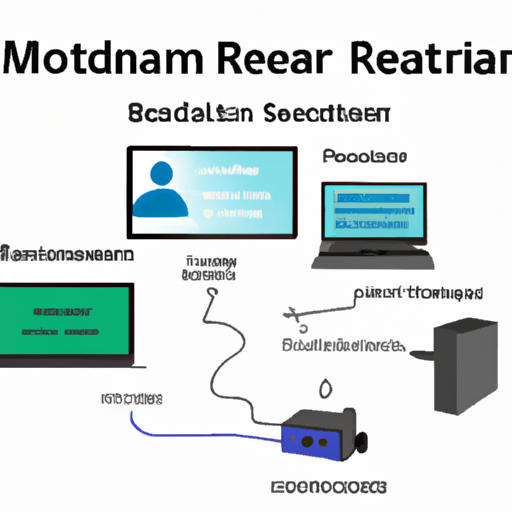


Title: The Mainstream Receiver Production Process: A Comprehensive Overview

1. Design and Development (200 words) The first stage of the mainstream receiver production process is design and development. This phase involves conceptualizing the receiver's features, functionality, and aesthetics. Designers work closely with engineers to create a blueprint that meets market demands and technological advancements. Computer-aided design (CAD) software is often employed to create detailed 3D models, allowing for precise visualization and modification.
Once the design is finalized, prototyping begins. This involves creating physical models of the receiver to test its functionality and identify any design flaws. Prototypes are subjected to rigorous testing, including signal reception, audio quality, and compatibility with various devices. Feedback from these tests is used to refine the design and ensure optimal performance.
2. Component Sourcing (300 words) After the design is approved, the next step is sourcing the necessary components for the receiver. This involves identifying reliable suppliers and manufacturers for various parts, such as integrated circuits, capacitors, resistors, connectors, and display panels. The selection of high-quality components is crucial to ensure the receiver's performance, durability, and longevity.
Manufacturers often establish long-term partnerships with component suppliers to maintain consistency in the quality and availability of parts. This collaboration ensures a steady supply chain and reduces the risk of production delays or bottlenecks.
3. Manufacturing (400 words) Once all the components are sourced, the manufacturing process begins. This stage involves assembling the receiver's circuit boards, connecting the various components, and integrating them into a cohesive unit. Surface mount technology (SMT) is commonly used for component placement, as it allows for precise and efficient assembly.
The manufacturing process also includes soldering, where the components are securely attached to the circuit boards. Automated soldering machines are often employed to ensure accuracy and consistency. Once the soldering is complete, the boards undergo thorough inspection to identify any defects or soldering issues.
After the circuit boards are assembled, they are integrated into the receiver's housing. This involves fitting the boards into the appropriate slots, connecting cables, and securing them in place. The housing is designed to provide structural integrity, protect the internal components, and facilitate user-friendly interfaces.
4. Testing and Quality Control (300 words) Testing and quality control are critical stages in the mainstream receiver production process. Each receiver undergoes rigorous testing to ensure it meets the specified performance standards. This includes functional tests, signal reception tests, audio quality tests, and compatibility tests with various devices and platforms.
Quality control measures are implemented throughout the production process to identify and rectify any defects or inconsistencies. This includes visual inspections, automated testing equipment, and manual checks. Any faulty receivers are repaired or discarded to maintain the highest quality standards.
5. Packaging and Distribution (200 words) Once the receivers pass all quality control tests, they are ready for packaging. Packaging plays a crucial role in protecting the receivers during transportation and attracting potential customers. The packaging design often reflects the brand's identity and includes essential accessories, such as cables, remote controls, and user manuals.
After packaging, the receivers are distributed to retailers or directly to customers. This involves logistics management, including inventory tracking, shipping, and delivery. Manufacturers often collaborate with logistics partners to ensure efficient and timely distribution.
Conclusion (100 words) The mainstream receiver production process is a meticulous and intricate procedure that involves various stages, from design and development to manufacturing and quality control. Each step requires careful attention to detail, precision, and adherence to strict quality standards. By understanding this process, consumers can appreciate the craftsmanship and expertise that goes into creating these essential devices. As technology continues to advance, the receiver production process will undoubtedly evolve, incorporating new innovations and techniques to meet the ever-changing demands of the market.